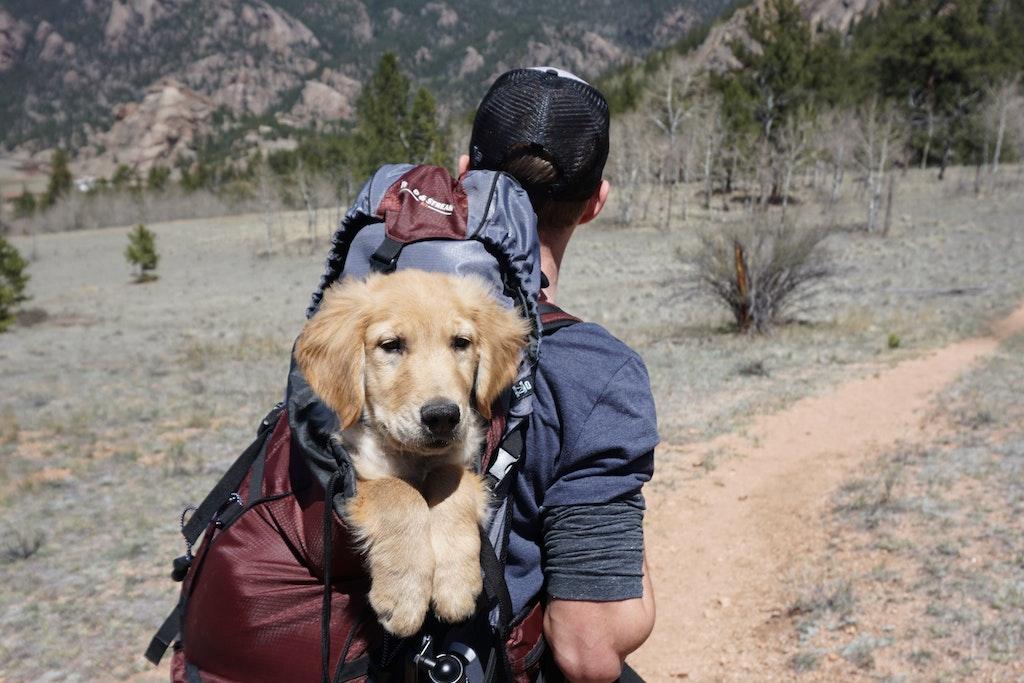Traveling with pets can be one of life’s most rewarding experiences. Sharing adventures with your furry, feathery, or scaly companions allows you to explore new places without leaving a beloved family member behind. However, it also requires careful planning, attention to detail, and a solid understanding of your pet’s needs. Whether you’re traveling by car, plane, or train, being prepared ensures a safe and enjoyable journey for both you and your pet.
1. Know Your Pet’s Personality and Needs

Before planning any trip, consider your pet’s temperament. Dogs that get anxious in new environments or cats who dislike travel may require extra preparation. Some pets enjoy car rides, while others may become stressed or motion sick. Understanding these tendencies allows you to plan accordingly. For instance, if your pet becomes anxious in vehicles, gradual acclimation through short drives leading up to the trip can help them adjust. Additionally, consult your veterinarian for advice on managing anxiety or motion sickness with safe medications if necessary.
2. Check Travel Restrictions and Requirements
Different modes of travel have specific rules regarding pets. Airlines, trains, and buses may have restrictions on size, breed, or the number of animals allowed. Many airlines require pets to travel in carriers that fit under the seat, while larger dogs may need to be transported in the cargo hold. International travel has its own set of rules, including vaccinations, microchipping, and quarantine requirements. Researching these in advance prevents last-minute complications and ensures a smooth journey.
3. Invest in Proper Travel Gear
Safety and comfort are crucial when traveling with pets. A well-ventilated, secure carrier is essential for air or train travel. For car trips, consider seat belts, harnesses, or specially designed travel crates to prevent accidents. Bring familiar items like blankets, toys, and a favorite bed to provide comfort and reduce stress. Collars with ID tags and up-to-date microchip information are critical in case your pet gets lost during the trip.
4. Plan for Health and Wellness

Before leaving, schedule a check-up with your veterinarian. Ensure vaccinations are current, and discuss any travel-specific concerns. Bring enough of your pet’s regular food, treats, and any medications to last the entire trip, plus a little extra in case of delays. Hydration is key, so always have fresh water available, especially for long car rides or flights. Also, consider packing a basic pet first-aid kit with items like gauze, antiseptic wipes, and tweezers.
5. Prepare for the Journey
Traveling with pets requires strategic planning. If driving, plan frequent stops every two to three hours for bathroom breaks, exercise, and hydration. Never leave your pet alone in a parked car, as temperatures can become dangerous quickly. For air travel, check-in procedures for pets can be different from humans, so arrive early and follow airline instructions closely. For longer trips, consider booking pet-friendly accommodations in advance to avoid stress upon arrival.
6. Maintain a Comfortable Environment
Pets can become anxious or restless during travel, so creating a familiar and calm environment is important. Soft music or white noise can help soothe nervous animals, while calming sprays or pheromone diffusers may reduce stress. Avoid feeding your pet a large meal immediately before travel to prevent nausea. During car trips, keep the temperature comfortable and ensure proper ventilation.
7. Consider Pet-Friendly Destinations

Choosing destinations that welcome pets makes travel more enjoyable. Many parks, beaches, and hiking trails allow pets, and some cities offer pet-friendly restaurants and accommodations. Research local regulations, leash laws, and pet etiquette to ensure you and your pet respect the environment and other travelers. Planning pet-friendly activities ensures your companion is not left behind and can participate in your adventure safely.
8. Be Patient and Flexible
Even with thorough planning, travel can be unpredictable. Delays, changes in routine, and new environments can stress both you and your pet. Maintaining patience and flexibility is key. Take breaks as needed, and don’t push your pet into uncomfortable situations. Observing your pet’s behavior and responding to their needs ensures a positive experience.
Conclusion
Traveling with pets can be a fulfilling and memorable experience if approached thoughtfully. By considering your pet’s personality, planning ahead, investing in proper travel gear, and maintaining their health and comfort, you create a safe and enjoyable adventure for both of you. With preparation, patience, and care, exploring the world with your furry companion becomes not just possible, but truly rewarding. Whether it’s a weekend road trip or an international journey, the bond you share will grow stronger with every mile traveled together.

